Turning now to my family...


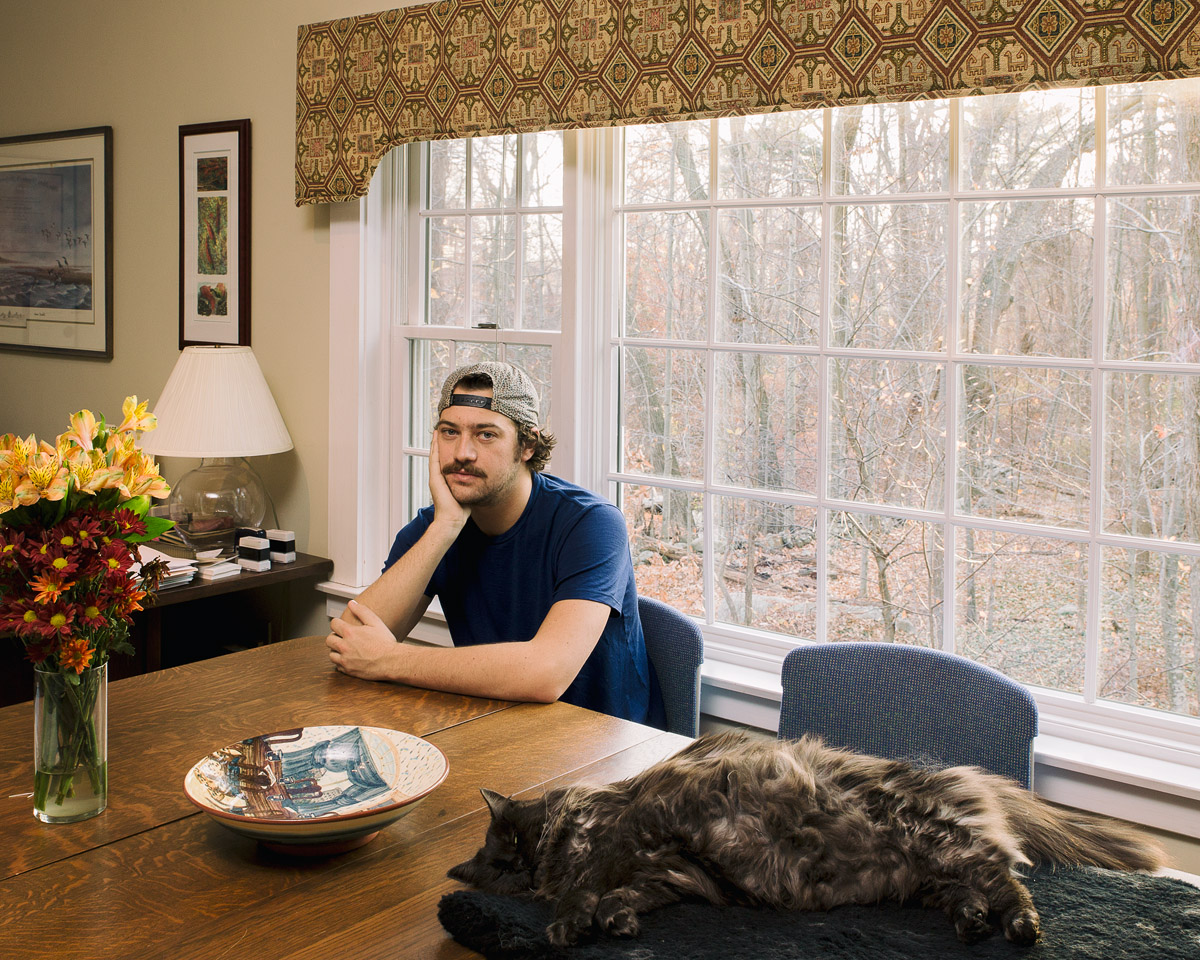
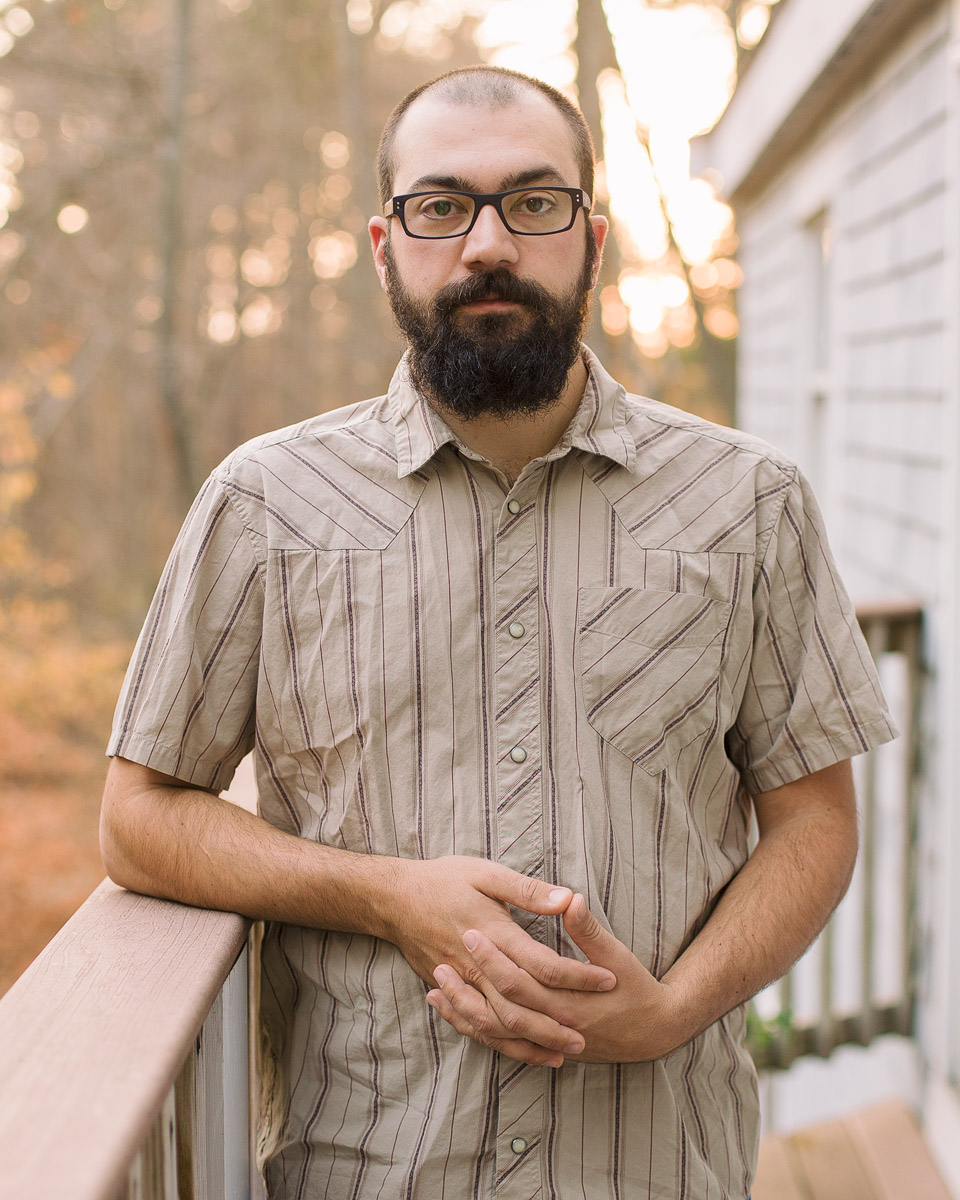
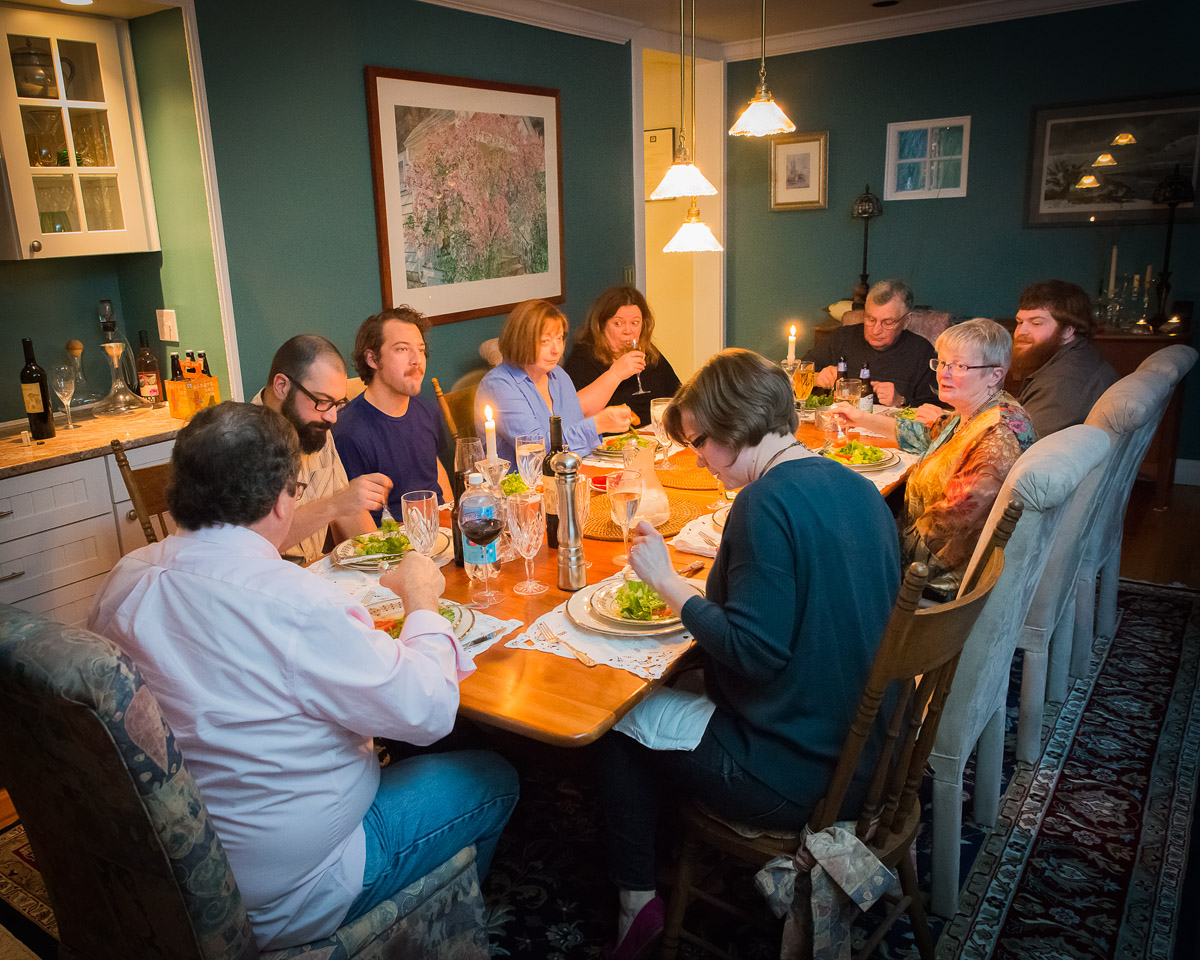
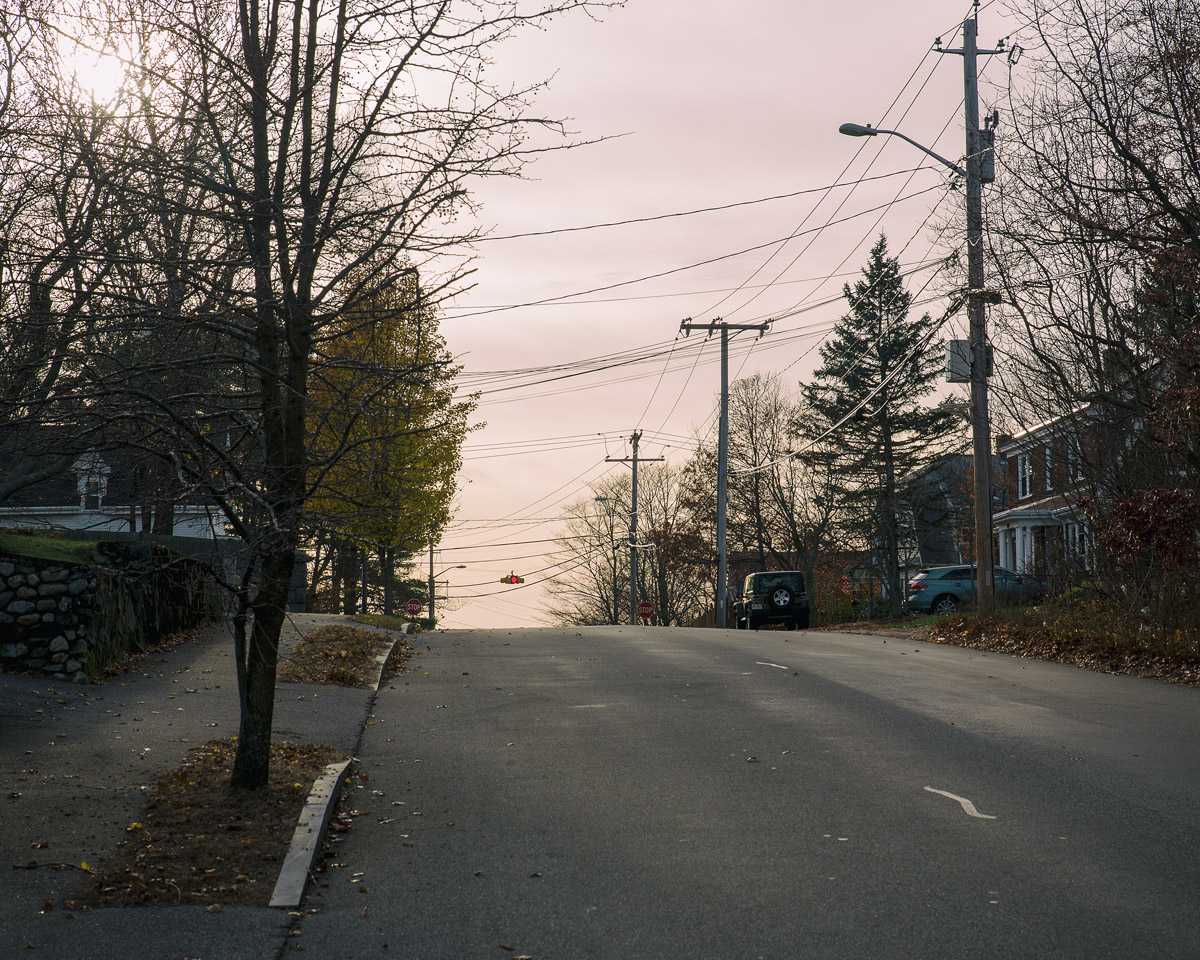
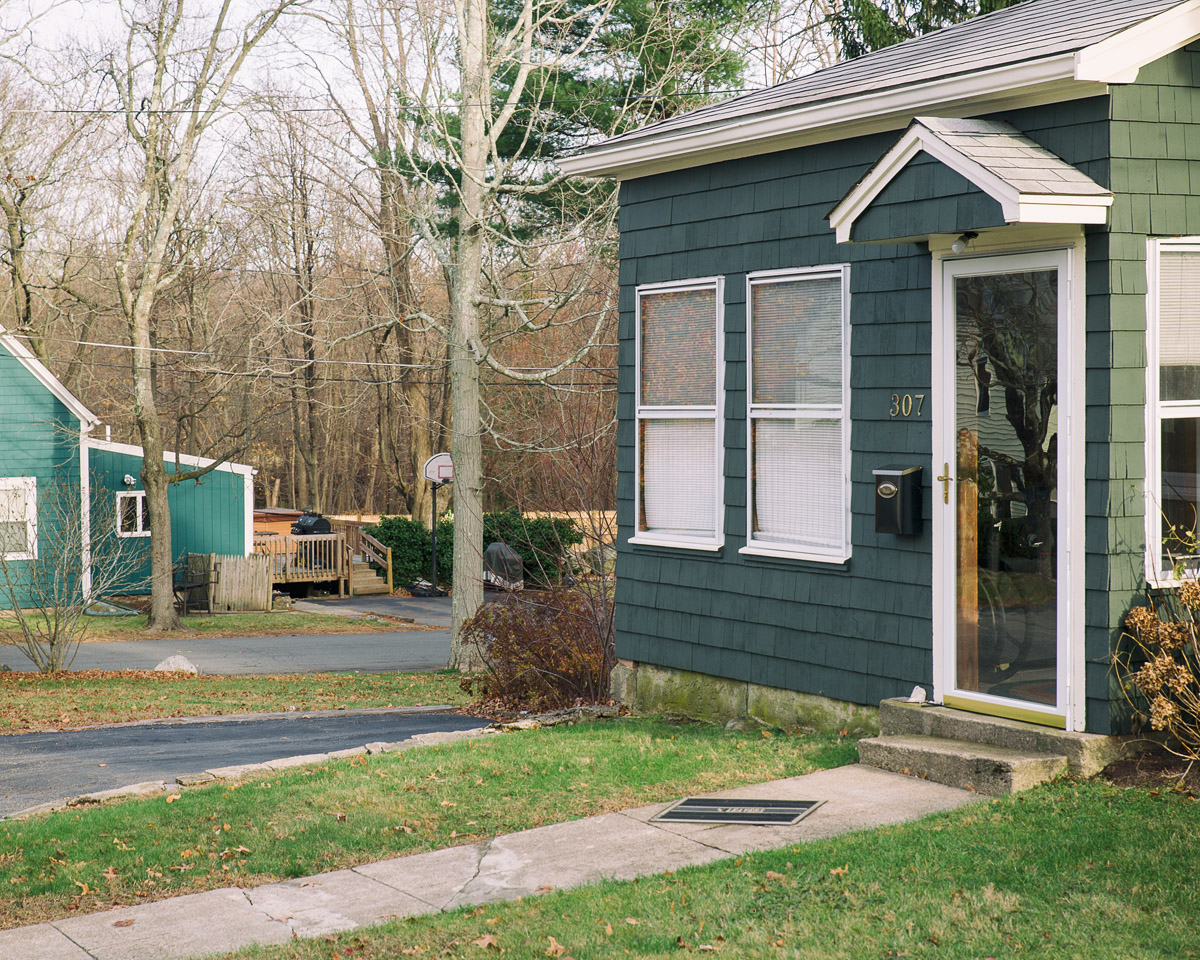
Turning now to my family...
Here's the latest edit of my video self-portrait I've been working on this semester.
Some thoughts on the work...
Despite my research delving into issues around social justice and addiction and (access to) recovery and treatment options, this project remains mostly documentary in nature. Ideally, I’d like to be addressing these issues of social justice within the work, but I don’t think that it’s there now, and there doesn’t seem to be enough time to turn the corner now. I hope these issues will be present to some degree, but at this time, the project is about a specific place, a specific group, and a specific time. These three things are interconnected, and each facet actually is relevant to the larger conversation about drug policy, addiction and recovery, as well as the larger discussion of the war on drugs.
First, the place. Massachusetts, just outside of Boston, in mostly white affluent suburbs. The suburbs I grew up in, and the place where two of my three brothers ultimately forged their drug addiction. Massachusetts is interesting and relevant to the project for more than just simply a place that is accessible because I live here. I think Massachusetts is relevant to broader national and maybe international drug policy interests for two main reasons. One: Massachusetts, like many states, is reevaluating its stance on drug and addiction policy. Local and statewide initiatives have made national news for both good and bad unique policies. For example, the police chief in Gloucester, MA recently very publically initiated a program essentially decriminalizing drug use and dedicated resources to direct users into treatment. On the other hand, the ACLU is suing the state for a controversial law that allows them to lock up addicts, regardless of whether or not they’ve committed a crime (ostensibly to deliver life-saving treatment). These complex local issues are indicative and representative of the dynamic landscape we’re presently occupying as a nation. The community that I’m photographing lays smack in the middle of this changing policy. One of the people I’m photographing was the first person to go through the Gloucester “angel” program, and many others were either imprisoned under controversial “section 35”, or instigated the lock up (mostly family members of the addict).
I’ve touched a bit on the second of the three facets: the group. The people I’m photographing are all connected in some way. Most of them are involved with a certain kind of 12-step recovery. Outside of AA, but closely related, this community eschews regular meeting attendance, instead focusing on personal spiritual growth through a specific adherence to the 12-steps. This, unlike the geographic interconnectedness, is a specific group, and in my observation, falls outside of what most people would consider an average addict’s recovery experience (although increasingly researchers and policy makers are suggesting there isn’t really an “average”). Regardless, the approach I’ve taken is to photograph each person as an individual. Part of the project I imagine is about the individual experience of each person… This brings me to my own personal narrative, which I’ve been dealing with lately. In the exploration of place and experience by other people, I have always been cognisant of my own interest in this project stemming from my own experiences, and perhaps through this MFA program, I have become more disillusioned with the authority/authenticity of photography to be impartial in its documentation. I found myself unable to turn away from this intersection of thought, and thus have turned the camera on myself and my family. I recall one of my first critiques with Oliver Wasow during my first residency and later expanding on the idea with John Kramer that the anonymous landscape work I entered the program with was directly related to my fear-the topic I am now trying to address with my self-portrait video–and the fulcrum point I see all of this work converging at.
I’ve already touched on the third facet mentioned above: the time. I believe we are at the beginning of the end of drug prohibition, and the beginning of a huge sea change where cultural attitudes on addiction are drastically changing.
Formally, the work could be presented in a few different ways, but ultimately falls within traditional photographic representations. I see a book, or at least a series that reads as a group. As I collect two semesters worth of work in the coming months to review the group as a whole, I’m looking forward to seeing how they all fit together, where there are any missing links, and seeing how best to address these gaps. I was most intrigued in my research to find an observation (the author presently escapes me) about the Bechers work, where it changes depending on how the typology is presented: through a grid on the wall, or in book form. As I get into a final edit, it will be interesting to see how these different presentations change the way the work reads. In addition to still images, motion work has been a part of my practice over the last few years, and I continue to experiment. I anticipate one or more projections or monitor viewings for this work in the final presentation.
As to the thesis itself, and the framework of the discourse I intend to place my work in, I think the last few papers are probably the best jumping off point. I think looking at the genre of documentary portraiture throughout history would be appropriate. I also think there is a connection to conflict photography, or post-conflict perhaps, but probably less so. Looking at self portraiture in still and motion work would be appropriate, but maybe more than just self portraiture, a look at how artists’ respond to and reflect on their own experiences. Finally, I think work of artists who are photographing/responding to their own family or community would be good sources to contextualize what I’m doing: Nan Goldin comes to mind.
Progressing along... Reworking ideas.
First; where I started: Literally bridging the gap from the political landscape (of the tidal marsh area I was photographing in) to the current project on addiction/recovery and policy. I photographed the Long Island Bridge:

Later, the project would become more portrait-based, and I think that was the right direction. In my last meeting with my mentor, she said in passing: "portraiture is too comfortable for you". It felt like a victory in some ways, because it was, and still is, supremely uncomfortable for me. I struggle with it, but the results seem to be good.
I've been following varies news alerts on local addition & recovery issues, and I have a small collection of articles on various things. These have directed some of the work I've been doing, but lately I've let it directly influence the work, and it feels a bit like a return to landscape:
This is one afternoon recently where I visited the site of a drunk driving accident. I walked around the neighborhood and made some pictures.
I'm influenced by the work of Nate Larson and Marni Shindelman. I'm enjoying making these pictures. Whether they will be a part of the final project or merely tangental, the creation is extraordinarily valuable to me personally.
I've also been reworking some video projects. First, the self-portrait:
I'm not really happy with it; I'll be editing it in the coming weeks.
And another interview with Mike; this time heavily edited, with two different versions:
I'm experimenting with narrative, authorship, and representation in the documentary form... Still experimenting...
I just returned from my latest meeting with my mentor. Last time, she gave me specific assignments. I photographed the page in her journal that she wrote it down (with my phone):

I appreciated having something specific to work toward, but I also just appreciated the visual of Justine's journal.
Basically, I was tasked with photographing three different subjects three different times, as well as working on some video projects.
Let's start with the video. I had two goals: explore a more long-form interview with a subject on the topic of fear: Watch here.
The second was to take the audio from the last film (long therapy film) and integrate it into a self portrait that included short takes on banal aspects of my life: Watch here.
Some of the pictures I made can be seen below. Click through the gallery to see more images.
I just returned from my second meeting with my mentor, Justine Kurland. I showed her this:
This video is about Untitled Project
We talked in our first meeting about this video:
Uploaded by Jesse Stansfield on 2015-06-19.
Justine thought it was finished as it was, and encouraged me to explore different forms/approaches to the same thing. I had originally hoped to shoot more of the same to create a longer version of this video, and I still might end up there, but for now I'm trying different things.
The latest video was created with a friend, who I asked to collaborate with me. She's a therapist, and I asked her to "interview" me. As subject and author, I seek to address the inescapable trappings of working on my project on addiction & recovery. Specifically, my own presence as photographer (all photographers must contend with this), but beyond this, my own experience with addiction and recovery in my family. Additionally, with this video I am directly addressing the notion that "all artists are performing artists", an idea Stuart Steck introduced in Critical Theory I.
The feedback on the latest video is that it does not seem "authentic" enough. I have an agenda - a message, and it comes across too forcefully. I agree. I made the video under direct instruction from Justine though to "make a 40 minute video of someone talking about fear–I want to be bored". The new form brings up new issues though. This week I'm going to be trying two variations on this video/form. The first, to address the issue of it being too forced, is simply to interview someone else... This would be the next logical progression in my mind. The second, is to create a video that employs a voiceover - using select audio from a therapy session, talking about certain fears, and utilizing video of myself going about some daily activity... I will be trying two distinct methods of shooting this video. One, static, on a tripod, the other, getting an assistant to shoot handheld. We shall see how these explorations go...
I had a chance to visit several galleries and museums while in NYC, and the highlight was undoubtedly stumbling across the artist Erin O'Keefe giving an interview to Christopher Joy and Zachary Keeting (collectively Gorky's Granddaughter) at Denny Gallery. Her work was quite lovely to view, and to hear her discuss the work was excellent. I'm looking forward to seeing the video on Gorky's Granddaughter's site as there was only so much I gathered from my (not so surreptitious) eavesdropping. Other highlights were Lee Friedlander at Pace/Macgill, and a great exhibition at the Morgan Library of Emmet Gowin's work (a retrospective) in conversation with items from the Morgan collection. I really enjoy seeing shows like this that can only really be experienced in person.
Enjoying this interview with Alec Soth.
http://thephotographicjournal.com/interviews/alec-soth/
The latest image.

Continuing to make pictures, continuing to work on the video... Trying to figure out the next step. I've spent most of the summer at the Maine Media Workshops teaching in the darkroom. It gave me an opportunity to make some landscapes similar to the ones I came into my MFA with, and surprisingly, the process and images still have resonance with me. I'll post a few as soon as I get them scanned. My assumption going into this summer's work was that I would be "checking out" from MFA work. I don't mean that I wasn't going to be working or hitting my "studio" hours (as a photographer, I never recuse myself into the studio. I edit there, and that's it for the most part), I just mean that to begin this semester, I planned to continue researching through reading, and putting some serious legwork into fall shooting plans. Meanwhile, with the darkroom accessible to me, I shot some Anonymous Landscapes, mostly as an exercise, but I realized I'm not quite done with the project, which I thought I was.
I also had an opportunity to give my first public presentation of my work, which was great. I think there should be a clip available at some point in the future.
What's next? Justine Kurland has agreed to be my mentor this semester, which I'm truly excited about. I hope we can meet up in the next few weeks. I'm hopeful that our conversation will help propel my work toward the January residency. My main goal this semester is to start looking at the "War on Drugs" in a new way. I've been working on trying to get into jails to photograph inmates convicted of minor drug crimes. We shall see. So far I've made very little progress, but I've been reaching out to a lot of different people and I hope it comes together.
Working on this project, I've come had to address several ethical questions. As a high school teacher, I'm legally responsible for the wellbeing of my students... A while ago, I took this picture of one of my students crying during a presentation by Chris Herren, former NBA star and addict in recovery. I think the image is powerful, and speaks to the human consequences of this disease. I debated whether or not to show the image, and ultimately sat down with the student, explaining my project, and asked her permission to use it. She understood its impact, and agreed without any hesitation to allow me to use it.

Just a few more portraits from this ongoing project on addiction treatment and recovery.




Thanks to my mentor Greer Muldowney, I'm looking at these portraits today.
As part of my research this semester, I have several news alerts that notify me when certain keywords are mentioned in an article (for example, various combinations of "heroin", "crisis", "Massachusetts", etc)... And thanks to such a notification earlier in the week, today I ended up at the Massachusetts Medical Society at a forum on the opiate crisis, where the keynote speaker was Michael Botticelli, Director of National Drug Control Policy (basically the head drug policy maker in the United States... the position was formerly known as the "Drug Czar"). I was luckily enough to get some time with Mr. Botticelli to make a portrait for my project. In addition to being involved with policy, Mr. Botticelli is an alcoholic in recovery.
Here is a selection of new images from my new project!
In my discussions and meetings with my mentor Greer Muldowney, I explored my original semester plan to continue working with the political landscape–specifically the tidal marsh–and found the subject significantly less interesting than I had anticipated. Exploring the politics and cultural weight of the tidal marsh landscape was interesting, but I realized that the project didn’t have legs for me. I wasn’t going to be able to throw myself into the research or the work for very long, and I don’t think the work would have been any good in the end.
In discussions with Greer, I realized that what did interest me was looking at the same aspects (politics, economics, cultural and historic attitudes, institutional power, as well as personal) of another topic: addiction treatment and recovery. There is a lot happening around this issue in Massachusetts at this time, and I have a personal connection and established working relationships with people close to this subject, so I can immediately jump into this work without delay. In fact I already have.
One obvious pitfall I hope to avoid is falling into cliché. There is great potential for this; although the same held true for my idea to work in the landscape. I will take my time to identify effective subjects so that the “late start” (having less time to do this work) will be minimized.
For the academic component, I will be researching and writing papers on these topics. I will start by looking at artists who have looked at addiction and treatment, but primarily I will be researching other aspects of this: economics, politics, etc. My goal is to present all of the historical and contemporary social policy and an overview of the tide of cultural feelings, and contrast that with the visual. I will look at the work that has been done with addiction and treatment by artists historically, as well as the work being done contemporarily in an attempt to establish where my work will fit in with the discourse.
You know when you meet someone, forget their name, and see them often enough, and enough time lapses and you just feel rude asking their name because you met them forEVER ago, so you just say hey! How are you?
That's sort of what this blog feels like.
I restarted my studies at AIB (now LUCAD) in June, and have been making a lot of new work, working with my mentor, Christine Collins, and advisor, Ben Sloat.
Presented below, without much comment, are some new pictures I've been making. More later.
One of the main things that I got out of the June residency is that I wanted to try exploring many different photographic possibilities. In a sense, I wasn't pushing myself enough with my work, and my goal for this semester was to try to challenge myself, exploring the things I was interested in, and establish a personal voice with my image making.
Additionally, Ben challenged me to make pictures without any post processing, as a way to help establish my subject, and determine why I was photographing what I was photographing. Specifically with the work I've been doing in the tidal marsh, the post processing mediation I was doing was getting in the way.
To this end, I've been shooting a lot with a point and shoot camera, and a gopro, in the marsh.
In my research, I've been looking at photographers like Todd Hido and Justine Kurland, who work with narrative, fictional, emotive, and mythological themes. I am interested in how I can these in my own work. Specifically, looking at the marsh, I realized I was going there firstly as a hunter, and so I started to delve into this narrative, fictional, mythological representation of hunting and shooting culture.
My wife and I, through our commercial photography business 52 Photography Studio, spend a good amount of time taking pictures for other artists who need high quality reproductions of their art. It's a natural fit; as active members of the arts community our friends and colleagues started to reach out when they needed to submit to a show or update their website. We know a lot about how to do it right, so we've created this blog post to collect and disseminate information on this topic.
There's a lot of great information out there already, so instead of reinventing the wheel, I've started a pinterest board to collect posts from all over the web.
Along with the pinterest board, I'll be updating this page with information as I find and/or create it. Bookmark it and come back often!
A friend is doing a Kickstarter campaign right now, trying to raise funds to make an educational video on an invasive species in the Great Marsh, an area I've been working in. Please contribute if you can.
"In a minute there is time
For decisions and revisions which a minute will reverse."
-The Love Song of J. Alfred Prufrock by T.S. Eliot
Shortly after beginning the MFA program in January I realized that as far as the Massachusetts Department of Education was concerned, enrolling in, working on, or completing that degree would have no bearing on whether or not I maintain my educator licensure next year, despite the fact that it is a terminal degree. In years past, apparently, if you were working on a master's degree, you could extend your licensure until you completed it. I discovered that not only was this not true, but that there are very specific masters classes required to achieve the next level of licensure. Something that I didn't figure out until it was almost too late. A colleague of mine in the same boat discovered a program starting in February (on the day that it started) and in addition to the MFA course load I've been taking these required classes, which will go through the end of 2013.
I thought I could do both. And work full time. Foolishly.
Regrettably, I will be taking next semester off from the MFA program. The way I saw it, something had to go. I could...
1) Take a sabbatical from teaching and do both grad programs. Two major problems: a) loss of income and b) I have to "student teach" for a semester for the education masters program... So that wasn't a very good option.
2) Drop the education licensure program. The biggest problem with this option is that I wouldn't be able to teach. So I'd have to either get a new job or... Well, that's it.
3) Drop the MFA program (temporarily). This option was both the most sensible and the one I wanted to do the least. I could retain my income, and satisfy the requirements to continue teaching.
Making new work, exploring the pathways of contemporary art, working with classmates and my mentor, Christine Collins, even the tortuous process of writing papers... These things have brought me great joy and inspire me to be a better artist, teacher, person. And while classroom management theory and curriculum design (several classes from the education program) are pretty important, I'm not all that passionate about it. In fact, it's a total drag. But that's where I'm at.
To my classmates at AIB: I'll be poking in on as much as I can during the June residency. And I'll see you in January 2014.
Some news. I'm in a group show at the Kiernan Gallery in Lexington, VA called Open Water. And there's a book you can get too, available here.
I will also be a part of the upcoming Black and White group show at the Center for Fine Art Photography. I was a part of the same exhibition last year and it was a great show. Some new work in the mix, but too busy to share just now.
Another video, this one filmed on February 7th. There are two edits, one is the original, in real time, here:
And then the 8 second version:
There are two things missing from these videos that I've been doing. 1) ambient sound, and 2) a soundtrack. Working on both.